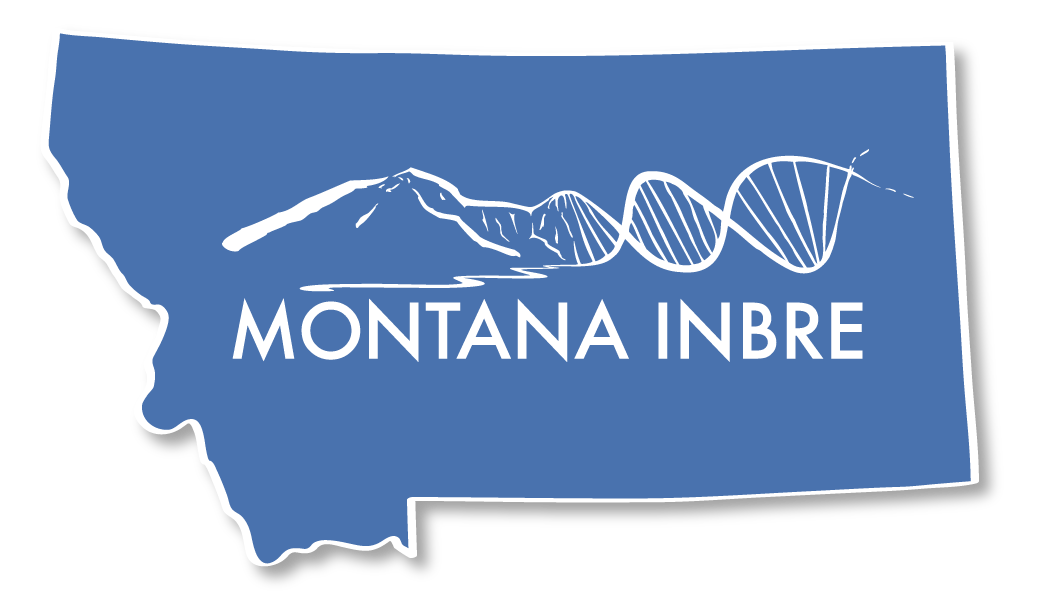The Effects of Land and Recreational Management on Beaver Creek Water Quality (Hill County, Montana)
Project Leader: Terri Hildebrand, Ph.D. | MSU-Northern

This research project focuses on public health issues associated with water quality of Beaver Creek, Hill County, Montana. It specifically seeks to gather baseline data on a critical hydrologic system located in North-Central Montana that contributes to the Milk and Missouri Rivers as well as important North American aquifers. The Milk River and all its tributaries, including Beaver Creek, is the primary source of drinking water for Havre, the largest population area in Northern Montana, as well as surrounding rural areas. Despite no large aquifers underlying Beaver Creek or the Milk River, the latter flows directly into the Missouri River and, subsequently, into Lower Tertiary and Upper Cretaceous aquifers located in southeastern Montana and western North Dakota.
Aquifers are important long-term fresh water reservoirs that provide well water critical to residents in rural regions. In addition, a majority of lands associated with Beaver Creek and the Milk River are in agriculture production, including ranching, whose activities further stress hydrologic regimes critical for rural livelihoods. Despite its importance, studies on Beaver Creek have been sporadic, scattered, and often performed without a Standard Operating Procedure (SOP), thereby allowing no long-term data comparisons.
The Montana Department of Environmental Quality (DEQ) 2018 Reporting Cycle discussed studies that occurred from 1996-2006 with the most recent studies on fish performed by the MT Department of Fish, Wildlife and Parks. The MT DEQ have identified fecal coliforms in Beaver Creek, likely a result of proximate cattle grazing. Recorded mercury and lead concentrations are 4 and 5.6 times higher, respectively, than the human health standard for both metals. Montana DEQ considers Beaver Creek water chemistry severely impaired by mercury and lead as well as iron (1.41 mg/l versus a standard of 1.0 mg/l) (see Overall Condition of Segment, Montana DEQ 2018 Water Quality Standards Attainment Record).
Specific Aims
- Continue to establish baseline data from Beaver Creek as part of a multi-year, interdisciplinary project.
- Move the study north of the Park boundary toward Havre. This approach permits testing hypotheses that focus on the effects of farming on Beaver Creek and Milk River water quality.
- Continue to recruit MSU-Northern students majoring in biology, engineering, and health promotion to participate in this research.

